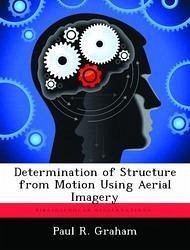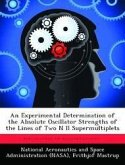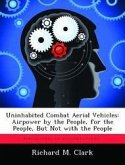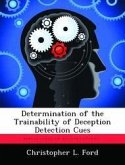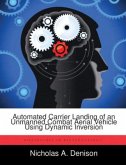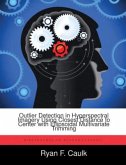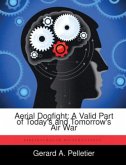The structure from motion process creates three-dimensional models from a sequence of images. Until recently, most research in this field has been restricted to land-based imagery. This research examines the current methods of land-based structure from motion and evaluates their performance for aerial imagery. Current structure from motion algorithms search the initial image for features to track though the subsequent images. These features are used to create point correspondences between the two images. The correspondences are used to estimate the motion of the camera and then the three-dimensional structure of the scene. This research tests current algorithms using synthetic data for correctness and to characterize the motions necessary to produce accurate models. Two approaches are investigated: full Euclidian reconstructions, where the camera motion is estimated using the correspondences, and navigation-aided Euclidian reconstructions, where the camera motion is calculated using the Global Positioning System and inertial navigation system data from the aircraft. Both sets algorithms are applied to images collected from an airborne blimp. It is found that full Euclidian reconstructions have two orders of magnitude more error than navigation-aided Euclidian reconstructions when using typical images from airborne cameras.
Hinweis: Dieser Artikel kann nur an eine deutsche Lieferadresse ausgeliefert werden.
Hinweis: Dieser Artikel kann nur an eine deutsche Lieferadresse ausgeliefert werden.

